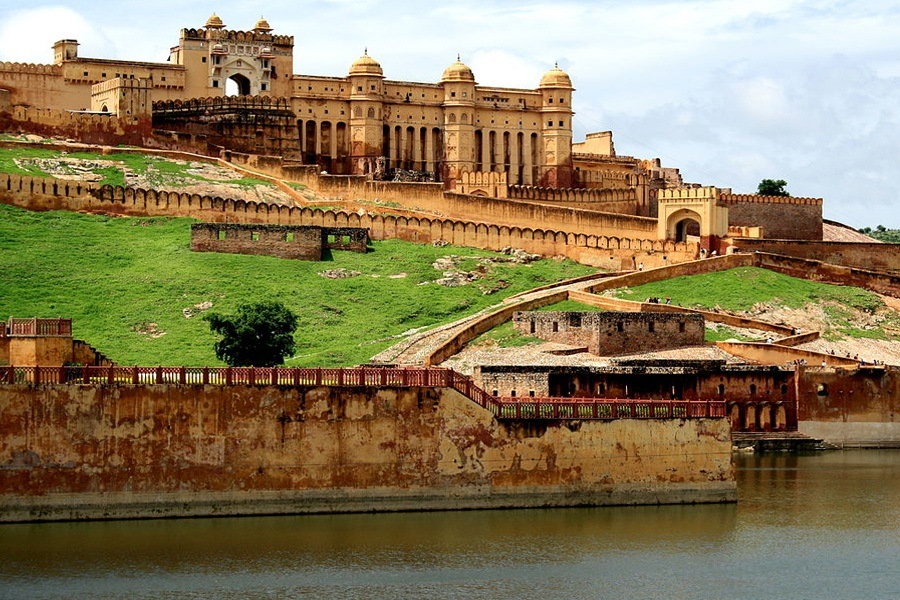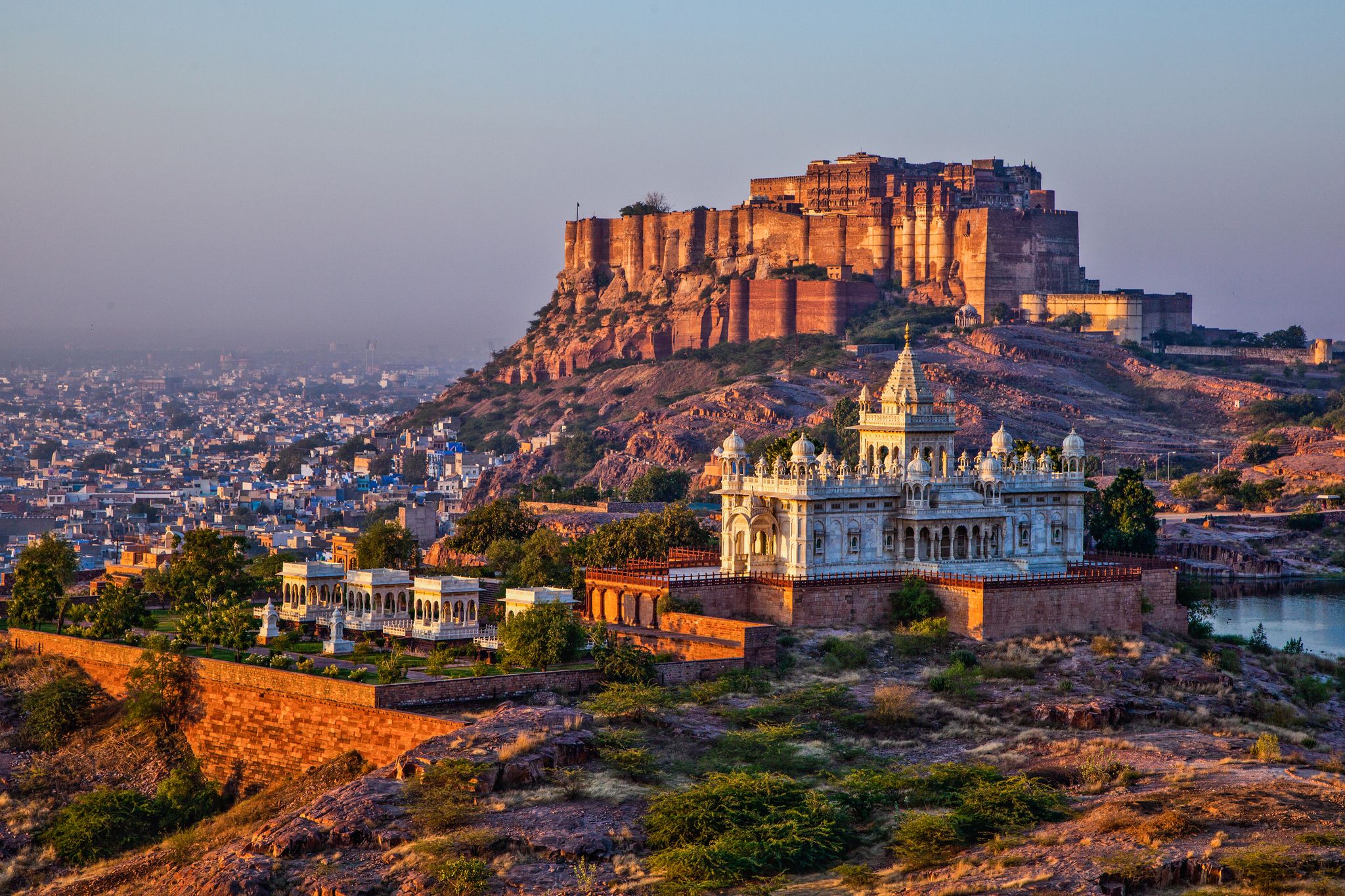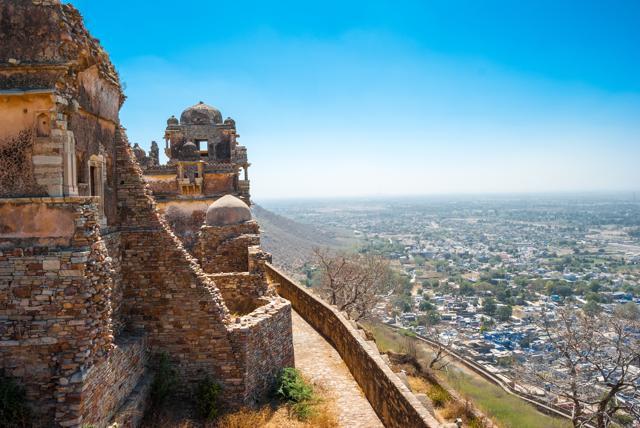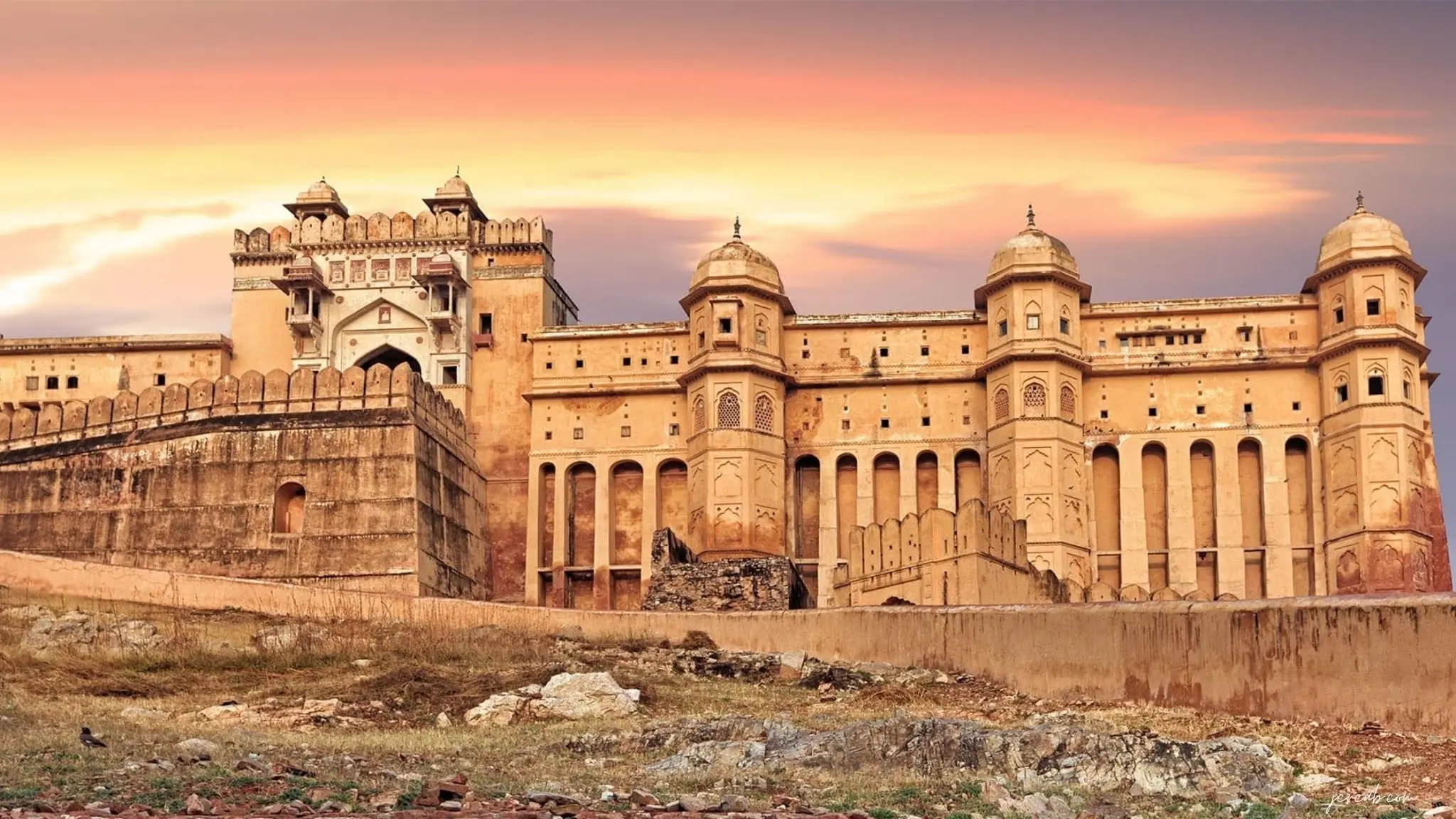Exploring the Majestic Forts of Rajasthan: A Journey Through History
Rajasthan, the land of kings, is a treasure trove of history, culture, and architectural marvels. One of the most prominent aspects of this majestic state's heritage is its impressive forts. Rajasthan's forts are not just historical monuments but living testaments to the valor, grandeur, and artistic finesse of the rulers who once called them home. In this blog, we embark on a journey through time and explore some of the most famous forts in Rajasthan, each with its unique story to tell.
1. Amer Fort
Our journey begins with Amer Fort, also known as Amber Fort, situated in the picturesque town of Amer, just a short drive from Jaipur, the state capital. This stunning hilltop fort is an architectural masterpiece, showcasing a blend of Rajput and Mughal styles. Built with red sandstone and marble, Amer Fort is known for its intricate frescoes, mirror work, and a series of ornate gates, including the famous Ganesh Pol and Suraj Pol. The fort offers breathtaking views of Maota Lake and the surrounding Aravalli Hills. Visitors can also enjoy an elephant ride to reach the fort's entrance, adding to the overall charm of the experience.
 |
| Amer Fort, Jaipur |
2. Mehrangarh Fort
Heading west, we arrive at Jodhpur, where the formidable Mehrangarh Fort stands as a sentinel over the Blue City. Rising from a rocky hill, this colossal fort boasts impressive architecture and a rich history. Mehrangarh Fort's massive walls contain a museum that houses an exquisite collection of artifacts, paintings, and royal memorabilia. The intricate lattice work and finely decorated palaces within the fort, such as Moti Mahal and Sheesh Mahal, are a testament to the opulence of the Marwar rulers. The fort also hosts cultural events, including music concerts, providing a glimpse into Rajasthan's vibrant culture.
 |
| Mehrangarh Fort, Jodhpur |
3. Jaisalmer Fort
Our journey takes us to the heart of the Thar Desert, where the golden city of Jaisalmer stands proud, with its crown jewel, Jaisalmer Fort. This is one of the few "living forts" in the world, where a bustling city thrives within its walls. The fort's golden hue earned it the moniker "Sonar Quila" or "Golden Fort." Inside, visitors can explore the intricately carved Jain temples, palaces, and narrow winding lanes that transport them back in time. The fort offers panoramic views of the desert landscape, making it a favorite spot for photographers and adventurers.
| Jaisalmer Fort, Jaisalmer |
4. Chittorgarh Fort
Chittorgarh Fort, situated in the historic city of Chittorgarh, is a testament to the valor and sacrifice of the Rajput warriors. This massive fort complex, perched atop a hill, spans over 700 acres and is replete with legends of heroism and tragedy. The fort is famous for its seven colossal gates, including the iconic Ram Pol and the towering Vijay Stambh (Tower of Victory). The grandeur of structures like Rana Kumbha's Palace and Padmini's Palace reflect the architectural prowess of the time. Chittorgarh Fort has witnessed several sieges and battles, most notably the siege by Alauddin Khilji in the 14th century.
 |
| Chittorgarh Fort |
5. Kumbhalgarh Fort
Nestled in the Aravalli Hills of Rajsamand district, Kumbhalgarh Fort is renowned for its impressive fortifications and the world's second-longest continuous wall, after the Great Wall of China. This fort was built by Rana Kumbha and served as a refuge for the Mewar rulers during times of conflict. The wall extends for approximately 36 kilometers, encompassing the fort and several small settlements. Inside the fort, you can explore the Badal Mahal, the Kumbha Palace, and the intricately carved temples, including the Neelkanth Mahadev Temple.
 |
| Kumbalgarh Fort |
6. Gagron Fort
Our next stop is Gagron Fort, a UNESCO World Heritage Site located near Jhalawar in southeastern Rajasthan. What sets Gagron Fort apart is its unique location at the confluence of the Kali Sindh and Ahu Rivers, creating a natural moat around the fort. This fort is a fine example of a water fort, designed to be self-sufficient during times of siege. Gagron Fort is known for its elegant architecture, including the impressive gates, temples, and palaces. The tranquil surroundings and the sound of flowing water add to the serene ambiance of the fort.
 |
| Gagron Fort |
7. Ranthambore Fort
Our final destination takes us to the heart of the Ranthambore National Park, where Ranthambore Fort stands as a symbol of nature and history in harmony. This fort, built atop a steep hill, offers not only historical intrigue but also breathtaking views of the surrounding wilderness. Ranthambore Fort played a crucial role in the history of the region and witnessed the rise and fall of several dynasties. The Ganesh Temple within the fort is a sacred site and a popular pilgrimage spot for locals.
 |
| Ranthambore Fort, Ranthambore |
Conclusion
The forts of Rajasthan are more than just architectural wonders; they are living narratives of Rajasthan's rich history and cultural heritage. Each fort tells a story of valor, grandeur, and the enduring spirit of the people of Rajasthan. From the ornate palaces of Amer Fort to the golden splendor of Jaisalmer Fort, and from the invincible walls of Chittorgarh Fort to the tranquil beauty of Gagron Fort, these monuments are a testament to the indomitable spirit of Rajasthan.
Visiting these forts is like stepping into a time machine, allowing you to immerse yourself in the grandeur and glory of Rajasthan's past. So, if you ever find yourself in the land of kings, make sure to embark on a journey through history by exploring the famous forts of Rajasthan. It's an experience that will leave you awestruck and inspired by the enduring legacy of this remarkable state.



